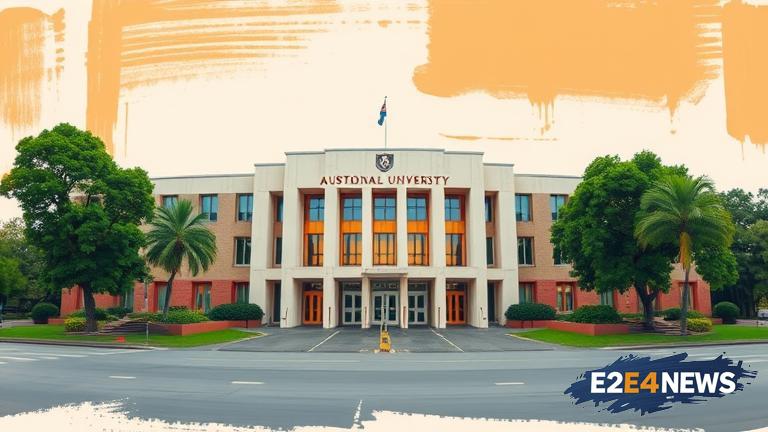The Australian National University, a prestigious institution in Australia, is currently facing financial challenges that have prompted the administration to introduce cost-cutting measures. These measures are aimed at reducing the university’s expenditure and ensuring its long-term sustainability. However, the move has been met with criticism from various stakeholders, including staff, students, and the broader community. The criticism stems from concerns that the cuts will lead to redundancies, affecting not only the employees but also the quality of education and research at the university. The ANU has been facing financial pressures due to a decline in international student enrollments, which have been a significant source of revenue for the institution. The COVID-19 pandemic has exacerbated this issue, leading to a substantial decrease in international student numbers. In response, the university has been exploring ways to reduce costs, including restructuring and streamlining its operations. The cost-cutting measures are expected to impact various areas of the university, including academic and administrative departments. While the university has assured that it will do its best to minimize job losses, the prospect of redundancies has created uncertainty and anxiety among staff members. The university’s decision has also sparked concerns about the potential impact on the quality of education and research, as well as the student experience. The ANU has a reputation for academic excellence and research innovation, and any measures that compromise these aspects could have long-term consequences. The university’s administration has emphasized that the cost-cutting measures are necessary to ensure the institution’s financial sustainability and to maintain its academic standards. However, the criticism from stakeholders suggests that there are concerns about the approach being taken and the potential consequences for the university community. The situation highlights the challenges faced by universities in Australia and globally, as they navigate financial pressures and work to maintain their academic reputation and research excellence. The ANU’s experience serves as a reminder of the need for universities to be proactive and strategic in their financial planning, while also prioritizing the well-being of their staff and students. As the university moves forward with its cost-cutting measures, it will be important to monitor the impact on the institution and its community, and to ensure that the measures taken are fair, transparent, and in the best interests of all stakeholders. The university’s commitment to academic excellence and research innovation will be crucial in navigating this challenging period. Ultimately, the ANU’s ability to balance its financial sustainability with its academic mission will be essential in maintaining its reputation as a world-class institution.
